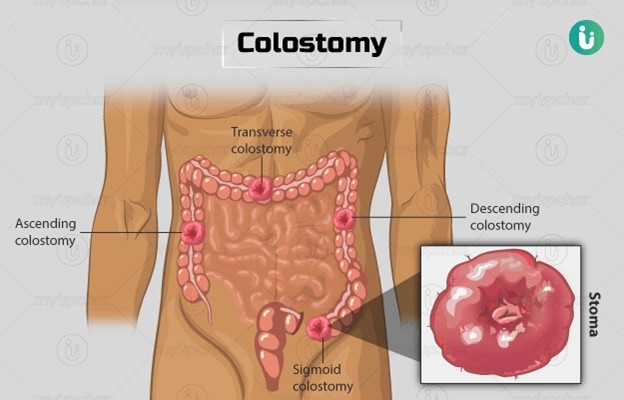A nurse is collecting data for a client who is receiving enteral tube feedings. The nurse should identify that which of the following findings is a manifestation of fluid overload?
Weight loss
Decreased blood pressure
Decreased skin turgor
Crackles heard in the lungs
The Correct Answer is D
A. Incorrect. Weight loss is not a manifestation of fluid overload but rather of insufficient nutrition.
B. Incorrect. Decreased blood pressure is not a manifestation of fluid overload but could indicate hypovolemia.
C. Incorrect. Decreased skin turgor is a sign of dehydration, not fluid overload.
D. Correct. Crackles heard in the lungs can indicate fluid overload in the lungs, also known as pulmonary edema. This is often caused by an excess of fluid in the body.
Nursing Test Bank
Naxlex Comprehensive Predictor Exams
Related Questions
Correct Answer is C
Explanation
A. Incorrect. Hindu traditions often involve cremation rather than burial.
B. Incorrect. While it's important to respect the cultural and religious beliefs of the client's family, the prohibition of touching the body is not a common practice in Hinduism.
C. Correct. Cremation is a common practice in Hinduism. The body is often cremated within a relatively short period after death.
D. Incorrect. While staying with the body for a period of time is a practice in some cultures, it is not specific to Hinduism.
Correct Answer is B
Explanation
This statement shows that the client understands the importance of monitoring the color of the stoma and seeking medical attention if any concerning changes occur. A purple or dark discoloration of the stoma can indicate inadequate blood supply to the area, which requires immediate medical evaluation.
"I will irrigate the colostomy every day." Colostomy irrigation is not typically done every day. It is a procedure used for some individuals with specific types of colostomies to establish a regular bowel movement pattern. The frequency and need for colostomy irrigation should be discussed and determined with the healthcare provider.
"I should expect my stool to be formed." Depending on the location and type of colostomy, the consistency of stool can vary. In the case of an ascending colostomy, the stool is usually liquid or semi-liquid because it is closer to the beginning of the large intestine. Expecting formed stool with an ascending colostomy would not be accurate.
"I will no longer be able to eat nuts." The ability to eat nuts or any other specific foods will depend on individual tolerance and the advice of a healthcare provider. In general, having a colostomy does not mean that all foods need to be eliminated from the diet. A well-balanced and varied diet can still be maintained with appropriate consideration for individual preferences and any dietary restrictions based on the specific situation.

Whether you are a student looking to ace your exams or a practicing nurse seeking to enhance your expertise , our nursing education contents will empower you with the confidence and competence to make a difference in the lives of patients and become a respected leader in the healthcare field.
Visit Naxlex, invest in your future and unlock endless possibilities with our unparalleled nursing education contents today
Report Wrong Answer on the Current Question
Do you disagree with the answer? If yes, what is your expected answer? Explain.
Kindly be descriptive with the issue you are facing.
